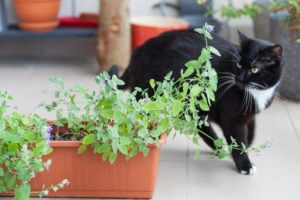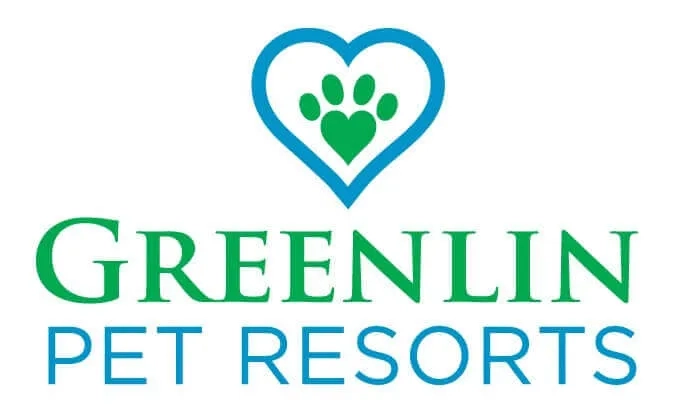Common Toxic Plants Your Pet May Be Exposed To
Your green thumb may be the envy of friends and family, but did you know that it can be dangerous to your pet? Plants bring life indoors and beautify outdoor gardens to be sure, but some also post a very real health risk to cats and dogs. It’s not to say that you have to put a stop to your gardening hobby, but you do need to know which plants can cause illness if ingested. It’s also a good idea to leave these plants off your buying list if you are landscaping or sprucing up the kitchen window.

10 Most Common Toxic Plants
In no particular order, here are 10 common plants that are toxic to your furry family members.
- Aloe: This popular potted plant can be found in houses across the country. The plant is toxic if ingested by animals, and the sap from the inside of a leaf can cause skin irritation.
- Azalea: The leaves of this plant are particularly dangerous to dogs. Eating just a few can cause severe gastrointestinal problems.
- Begonia: The roots of this plant are the most toxic part, but even the plant itself can lead to a burning mouth and vomiting if chewed on or ingested.
- Chrysanthemum: Mums are gorgeous and popular flowers. Though typically not fatal, ingesting the flowers can cause digestive upset and dermatitis.
- Cyclamen: These popular border plants have roots that can cause fatality when ingested. These extremely toxic species are not a good idea to have around if you have pets that have access to them and tend to dig up plants.
- Foxglove: The beautiful plant is toxic to animals and small children. If it is accessible to your animals, it needs to go.
- Hostas: A dog or cat that chews on a hosta plant will experience diarrhea and vomiting. Teach your animal to leave them alone, or plant them in a part of your yard your pets don’t visit.
- Ivy: Popular as ground cover and in decorative containers, ivy causes gastrointestinal upset in both dogs and cats when ingested.
- Lilies: If you have cats, keep this plant out of your garden. Chewing on the leaves or even drinking water from the vase could lead to kidney failure in cats. Certain species are also toxic to dogs.
- Sago palm: These aren’t really palms, but are popular nonetheless. The seeds of this plant are especially toxic and can look like yummy treats to some animals when they drop.
Signs of Plant Poisoning in Dogs
If your dog noshes on a poisonous plant, you may notice:
- Vomiting
- Diarrhea
- Breathing difficulty
- Sweating
- Tremors
- Seizure
- Increased heart rate
Signs of Plant Poisoning in Cats
In cats, you may notice similar symptoms of plant toxicity:
- Vomiting
- Diarrhea
- Twitching
- Breathing difficulty
- Collapse
- Salivation
- Collapse
Contact Your Veterinarian Immediately If You Suspect a Toxic Interaction
What happens when your pet begins to exhibit symptoms of toxicity after chewing on a plant? The shower answer is this — call your vet! Your veterinarian will be able to tell you how to treat your pet based on the plant eaten.
If your pet has eaten a plant that is known to be toxic, don’t wait for symptoms to appear. Call your pet’s doctor, and let them know what has happened. You may luck out and have nothing to worry about. On the other hand, you may be told to take your pet to the emergency clinic immediately.
It’s always helpful to inform your vet of what plant was eaten and which part of the plant was ingested. If you are unsure of the plant’s type, take a picture of it and forward the picture to the doctor. Treatments for plant poisoning vary depending on the plant’s level of toxicity. Your pet may require nothing more than letting things run their course. In more serious cases, your pet may require hospitalization and continued monitoring over several weeks.
Avoiding Plant Toxicity In Pets
The easiest way to avoid toxicity, obviously, is to not put dangerous plants in the ground or in containers in the house. But what if you already have plants that are considered toxic? Your options are to either remove the plants from your home, eliminate your pets’ access to the section of the yard where the plants reside, or teach your animal a reliable “leave it” command. Supervision is also a key component of ensuring your animal doesn’t ingest toxic plants.
Certain animals may be more prone to getting into plants, especially cats who love to chew on leaves. For these animals, it’s recommended to seek out pet-safe plant species, especially for indoors, the porch, or a garden area pets frequent.
Life Is Safe at Greenlin Pet Resorts
We know that you are just as concerned about your pets outside the home as you are inside the home. Who do you trust with their care when you are away for the day or the week? The amazing team at Greenlin Pet Resorts, of course!
Your pet can enjoy a wide variety of great services at any one of our five convenient locations. Outdoor play areas are landscaped only with natural grass or astroturf. We also provide indoor facilities that utilize state-of-the-art air purification and climate control systems.We offer pet boarding, dog daycare, and even dog training to ensure pet guardians and their furry charges enjoy life to the fullest. Give us a call today and discover the ways we can enhance the lives of your animals. Our pet-loving team is excited to meet your best friends!
